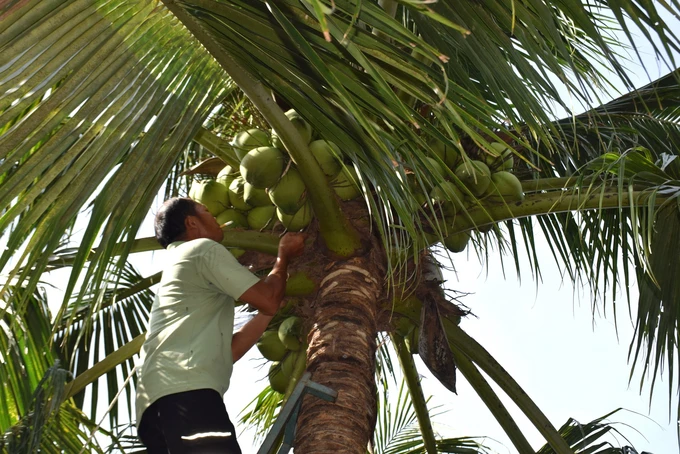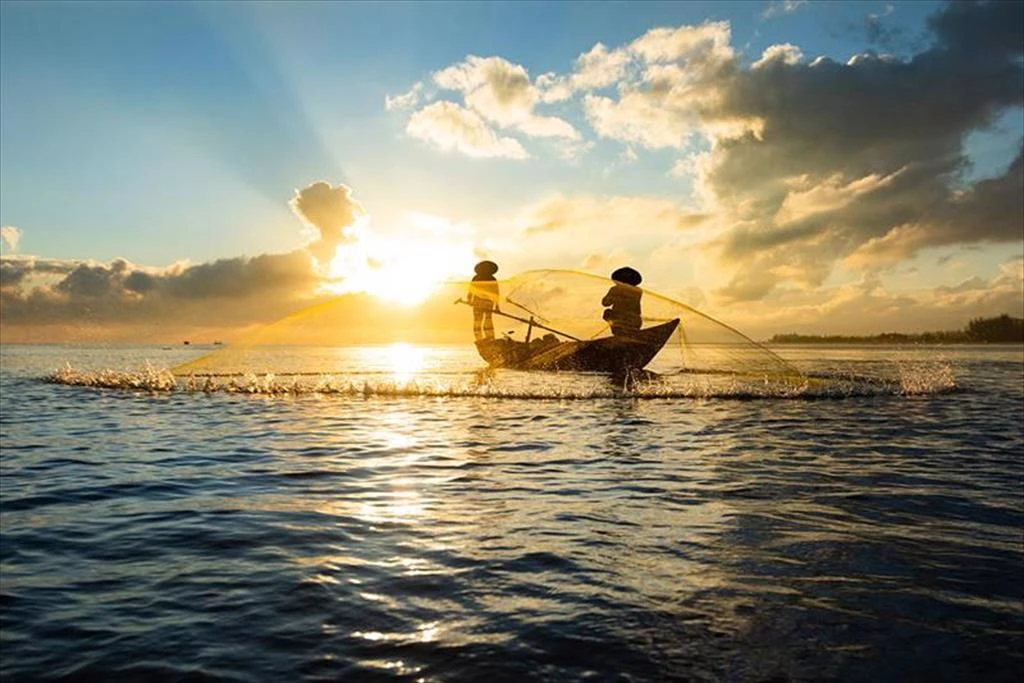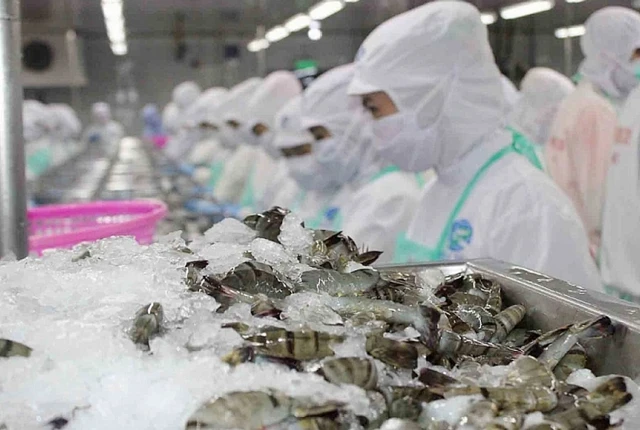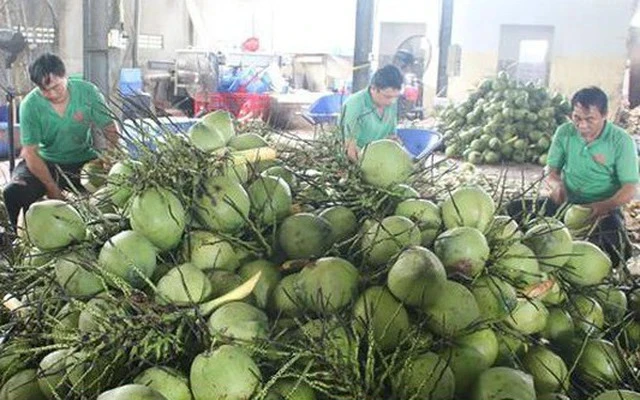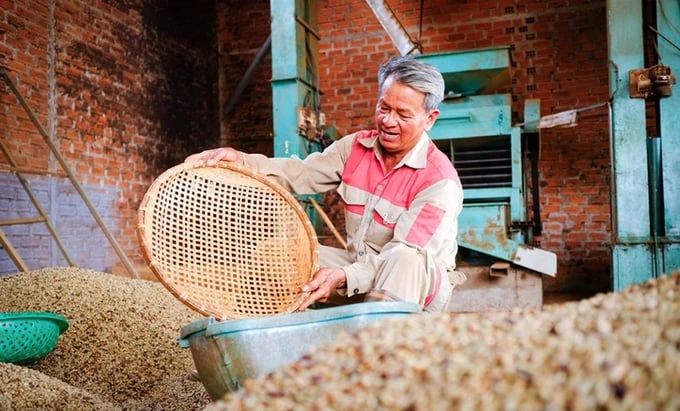(VAN) Binh Dinh's drinking coconuts have received five planting area codes from China, providing an opportunity for the region, which has the fifth-largest coconut cultivation area in the country, to further develop this crop.
According to Mr. Kieu Van Cang, Head of the Plant Cultivation and Protection Sub-department of Binh Dinh, China has recently granted Binh Dinh five planting area codes specifically for drinking coconuts. Of these, Phu Cat District received four codes, which correspond to three coconut-growing areas located in the villages of Hoi Van, Hoa Dai and Tung Chanh within Cat Hiep Commune, as well as Phu Kim Village in Cat Trinh Commune. Additionally, Hoai An District received one code for its drinking coconuts in An Thanh Commune.
In recent days, farmers cultivating Siamese coconuts in Phu Cat have been filled with excitement, as their fresh coconuts now possess the official "pass" allowing them for legal export to the Chinese market. This development not only opens up significant opportunities for farmers but also promises to stabilize the selling prices and establish a reliable market for fresh coconuts.
According to Mr. Luong Van Khoa, Deputy Head of the Agriculture and Rural Development Department of Phu Cat District, there are currently nearly 1.200ha of Siamese coconuts in the district. Of this area, approximately 1.160ha are actively bearing fruit, producing an impressive total of about 17.340 coconuts each year. The Siamese coconuts in Phu Cat yield an average of 85 coconuts/tree annually, with each coconut weighing around 2kg.
Mr. Kieu Van Cang, Head of the Plant Cultivation and Protection Sub-department of Binh Dinh, noted that the province as a whole has approximately 2.300ha of drinking coconuts. The average yield in Binh Dinh stands at 119.3 quintals/ha, resulting in an impressive annual production of 111.358 tons. Traditionally, the Siamese coconuts from Binh Dinh have mainly been consumed within the province and in neighboring markets. However, with the recent signing of a protocol for exporting coconuts to China, there is a promising outlook for expanding the market for drinking coconuts.
Mr. Le Dinh Man, 46 years old, who owns nearly 300 Siamese coconut trees on a garden area of 14 sao (approximately 500 square meters/sao) in Hoi Van Village, Cat Hiep Commune (Phu Cat District), couldn't hide his excitement when the owner of a fruit export business from Ben Tre visited his garden. The visitor came to taste the coconut water freshly picked from the trees to assess its quality.
Mr. Man shared, "Knowing his intentions, I immediately climbed up to pick a bunch of coconuts for him to taste. After trying it, he praised the flavor. He said the coconut water here has a sweetness level exceeding 9 degrees Brix, which is sweeter than the coconuts from Ben Tre. He decided to return to Phu Cat to set up a processing plant to purchase and export fresh coconuts to Chinese market."
In recent years, following the recommendations from local agricultural authorities, Mr. Man has been caring for his coconut garden using organic methods. He completely avoids chemical fertilizers and only applies a mix of livestock manure and Trichoderma products. For pest control, he uses biological pesticides instead of chemical ones, ensuring a more sustainable and eco-friendly approach to his farming practices.
According to Mr. Luong Van Khoa, Deputy Head of the Agriculture and Rural Development Department of Phu Cat District, the biggest concern for coconut farmers is the Dynastinae ant. When coconut trees start to bear fruit, Dynastinae ants appear and damage the coconut buds. If the ants consume the buds, it means the farmer will lose their harvest since the tree will not produce fruit. In contrast, the beetles mainly harm the leaves, reducing overall productivity.
"Farmers in Phu Cat manage weaver ants by hanging bags of salt on the coconut stumps. The salt dissolves and drips onto the buds, helping to prevent damage from the ants. For the beetles, the locals use biological pesticides to control their population", Mr. Khoa explained.
According to Mr. Kieu Van Cang, Head of the Plant Cultivation and Protection Sub-department of Binh Dinh, by 2025, the area of coconuts in Binh Dinh is expected to increase from 9.352ha to 9.520ha, with a yield of 124.7 quintals/ha and an estimated production of 116.400 tons.
